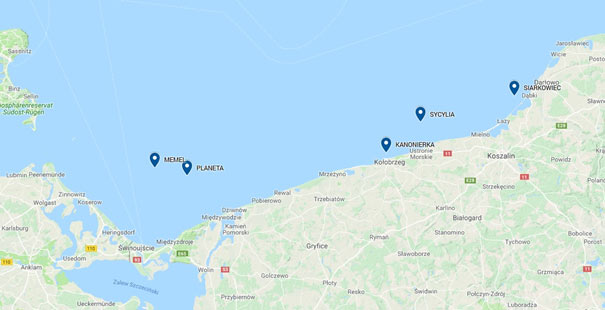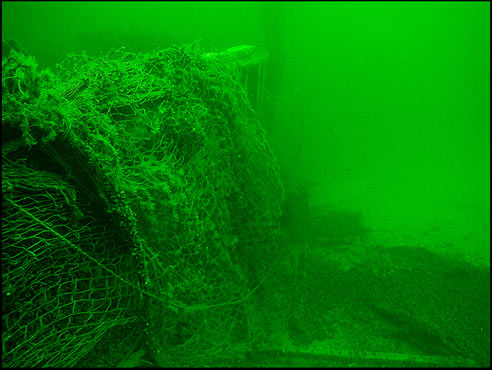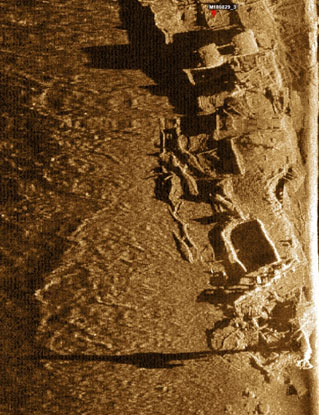Another cruise within the Marelitt Baltic project took place between 20th and 31st August 2018.

The aim of the cruise was to catch the nets lying on wrecks previously verified by the project team from the Maritime University of Szczecin based on the information obtained from fishermen, from their own data and by making measurements with a side-scan sonar.
The participants of the cruise included divers selected as a part of the project and representatives of the project’s partner - WWF Poland. The significant fact is that also students from the Maritime University of Szczecin took part in the activities on the ship while doing their onboard work-placement. The Memel and Sycylia wrecks have been monitored by m/s Nawigator XXI for several years. During the cruise, we checked whether there were any new “ghost nets” on them. - No new nets were recorded. The nets that were removed, had previously been qualified by the project team - explained Marcin Szymczak from the Maritime University of Szczecin.
During the cruise, the base of the Marelitt Baltic project was Kołobrzeg, where the Maritime University has its own quay.
This was the best place with regard to the location of the wrecks. In spite of changeable weather conditions (strong wind and high waves), 1.5 tonnes of “ghost nets” were caught during the whole operation.
In addition, sonar measurements were made during the cruise and later used to verify the nets suspended on the wreck in comparison to the photos and films provided by divers. The first conclusions from this comparison are that the 2D image obtained from the sonar at an appropriate proximity of the passage by the wreck is good enough to recognize the nets suspended in characteristic places of the examined wreck (e.g. masts).
Thanks to such studies, we are able to accomplish one more objective of the project, which is finding the most effective method of verifying (finding and confirming) “ghost nets” lying on wrecks and underwater objects.




